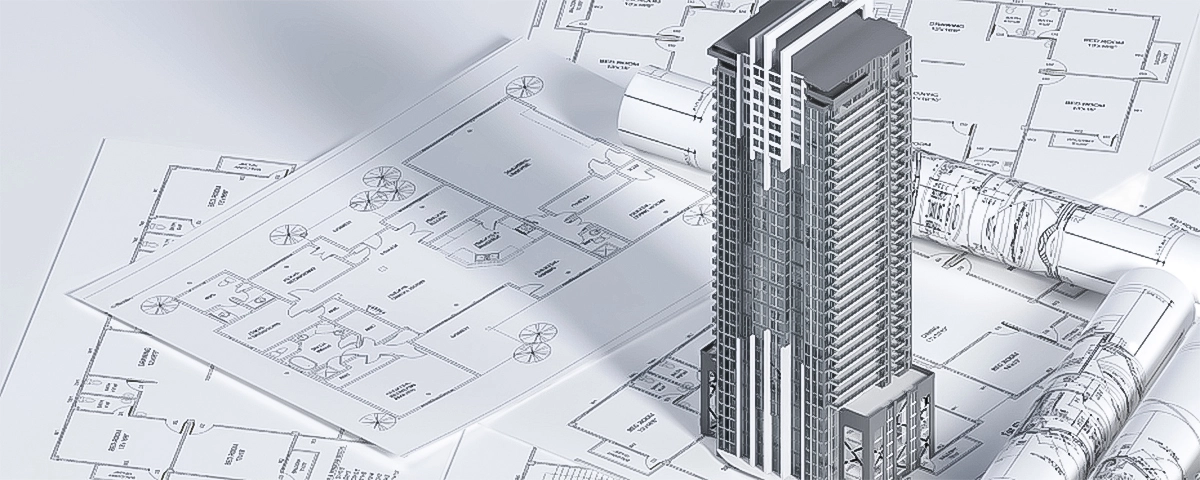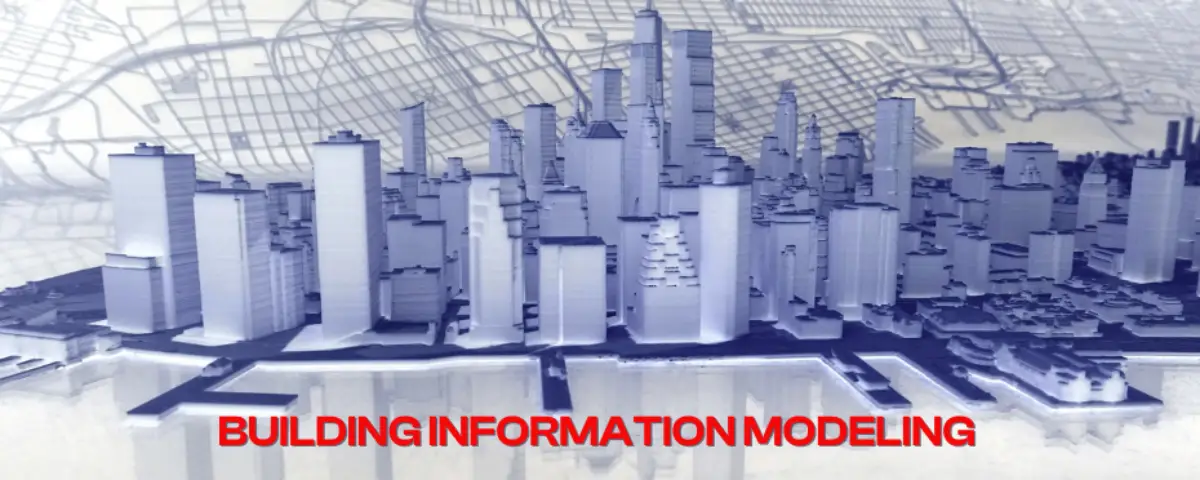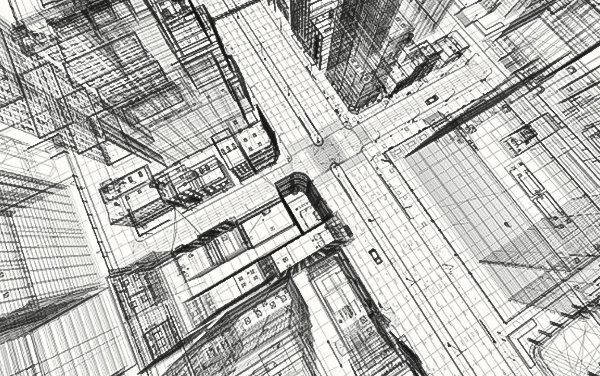Industries
Services
Engineering Services
Manufacturing Services
Civil Engineering
Custom Manufacturing and Engineering Services
Advanced IT Consulting
Resources





